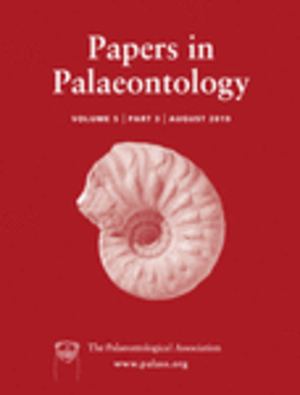Reg. Charity No. 1168330

Amber is a valuable source of Mesozoic and Cenozoic fossil fungi. The earliest amber‐preserved fungi were described in the nineteenth and early twentieth centuries from Eocene Baltic amber. In 1907, Richard Klebs summarized the legacy of Robert Caspary based on his specimens, research notes and publications. This treatise contains descriptions and illustrations of 13 morphologies of fossil fungi which have not been investigated since. We managed to locate six of Caspary's amber specimens and imaged and re‐investigated the fossil fungi within. We provide amended descriptions of these six specimens, select new specimens from historic and recent collections which are probably conspecific with five fossils that appear to have been lost, and finally also describe and evaluate five newly found fossil fungi from Baltic amber. The fungi belong to the phylum Ascomycota (Subkingdom Dikarya). Only two of Caspary's fungi can be confidently assigned to modern genera, Metacapnodium (Metacapnodiaceae) and Calicium (Caliciaceae). The new combination Calicium succini (Caspary) Rikkinen & A. R. Schmidt is made. The fossils originally placed in Acremonium, Cetraria, Gonatobotrys, Ramularia, Stilbum and Torula cannot be assigned to these genera, and should not be used as minimum age constrains for the respective lineages.